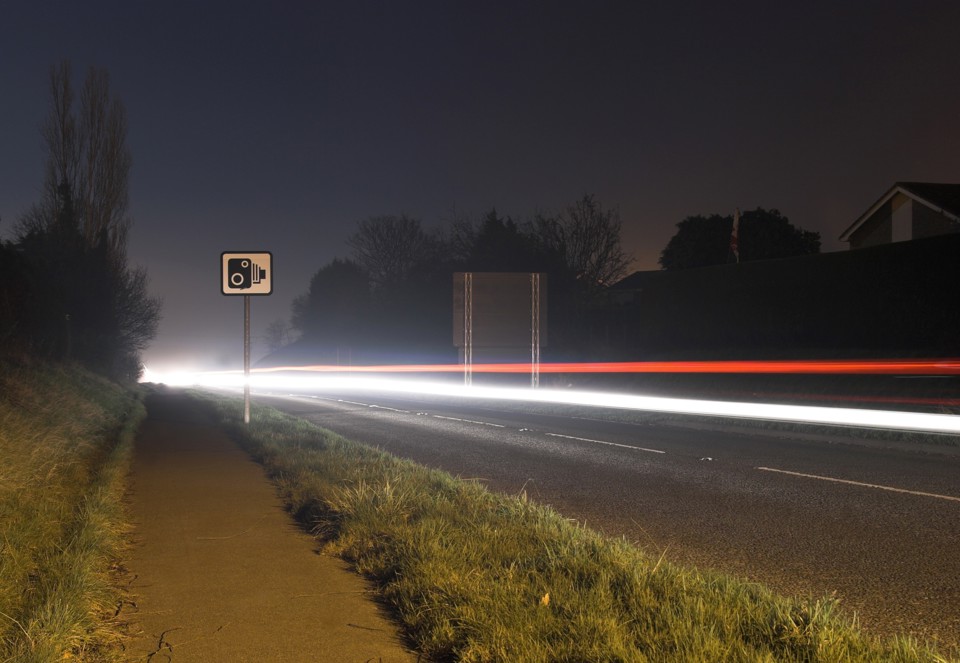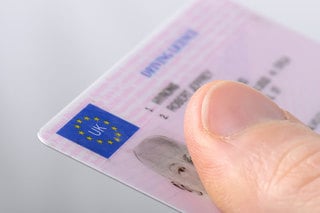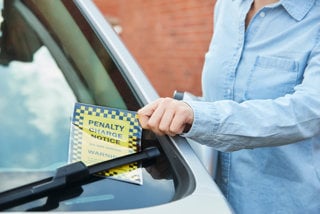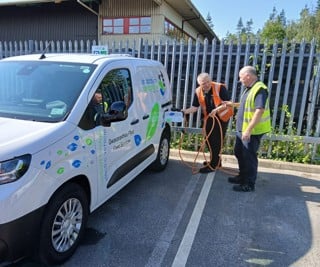Red Corporate Driver Training is calling for the Government to tackle speeding by van drivers highlighted in recent Department for Transport (DfT) statistics.
The DfT data shows that under free-flowing conditions, 45% of vans exceeded the speed limit on 30mph roads and 47% did so on motorways.
The percentage of vans that exceeded the speed limit by over 10mph was 5% on 30mph roads and 10% on motorways
Over the longer term, the percentage of vans exceeding the speed limit decreased on 30mph roads from 58% during 2011 to 2015 to 52% during 2017 to 2023.
There was little change in the percentage of vans exceeding the limit on motorways (49% during 2011 to 2015 and 48% during 2017 to 2023).
“The instances of speeding in vans are remarkably, worryingly, consistent across all road types that were measured,” said Red Corporate Driver Training’s head of corporate, Greg Ford.
“Extrapolate that across the millions of vans drivers at work in the UK, and it illustrates that drivers at work in commercial vehicles are breaking the law far too often.”
The figures from the DfT are based on speed data from a sample of its automatic traffic counters, chosen to exclude locations where external factors might restrict driver behaviour (for example junctions, hills, sharp bends and speed cameras).
Vehicles travelling at a speed higher than their applicable speed limit are defined as “exceeding the speed limit”.
Ford says that the high incidents of vans exceeding the speed limit not only is a safety risk, but will hit the fleet’s bottom line, because the faster a van goes, the more fuel it uses, while also carrying inherent reputational damage for the company as well.
However, he added: “These figures fail to reveal the elephant in the room: speeding commercial vehicles on national speed limit roads.”
In its report, the DfT states ‘the speed limit applicable to different types of van on this road type depends on the maximum laden weight and construction of the vehicle, which cannot be determined by our data source’.
“In our work with fleets, this is one of the single biggest sources of confusion and risk,” continued Ford. “The speed limits for different commercial vehicle types and weights.
“So often when drivers come to us, they don’t know whether their commercial vehicle should be 56, 60 or 70mph on a dual carriageway, or 50, 56 or 60mph on a single.”
Red has produced a series of interactive e-learner videos, one of which explains the rules around commercial vehicle speed limits, and Ford says it is an area fleets need to address.
“As these DfT figures show, there are a lot of van drivers out there breaking speed limits,” said Ford.
“But what these figures don’t show, and it’s something fleets need to think about, is how many of their drivers are breaking speed limits without realising, because they’re unaware of the limit on their specific vehicle?
“Then, when a speeding ticket comes in, they’re shocked they’ve done something wrong, when they thought they were driving considerately.”
Ford believes that the new Government could also step in and make the issue of speeding higher profile, and not only from a safety perspective, but an environmental one too.
“We need to make speeding a taboo activity, and to do that it comes from the top down,” added Ford.
“There are lots of penalties and activity to punish speeding, but we need to create a culture where it becomes self-policing, rather than a battle between the motorist versus the police and technology
“But also, this new Government has clearly stated aim to decarbonise our society, and reducing vehicle speeds will have a big impact on that.
“Slower, better driven vehicles use less fuel and produce fewer pollutants. We need to show drivers how this can benefit them, their employers and society at large.”
One action which could help is the mandatory adoption in vans of Intelligent Speed Assistance (ISA), which uses GPS technology, cameras and various in-cab warnings to keep drivers below the legal limit, according to Red.
The EU now mandates that all new vehicles built within its borders are fitted with the technology, but this is not the case in the UK, meaning that the roll-out is patchy, and dependent on where the van was made.
Not only can this cause confusion about whether drivers should use it, but also makes it difficult for fleet to enact a policy.
Ford would like to see the Government move into line with the EU. He explained: “While for most cars, ISA is fitted as standard wherever they are built even if it is not mandated as in the EU.
“But for vans this is not the case, not least because they are less well-equipped and built to a cost.
“With this epidemic of speeding though, we’d like to see all vans fitted with technology that helps drivers keep below the limit for their particular vehicle.
“That way a fleet can put in place clear policies on speeding, and with more training and better culture around sticking to speed limits, we can bring these shocking numbers down.”






















Login to comment
Comments
No comments have been made yet.